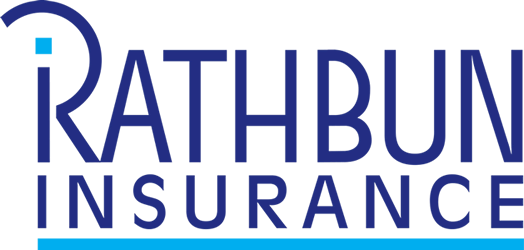
With recent attacks on executives and employees of high-profile organizations, leaders are looking for ways to protect workers, their families and the organizations themselves from devastating consequences. Solutions include intensified risk management programs and broader insurance coverages. Here are some tips to protect your greatest assets.
Insurance for high-profile employees and organizations
Insurance can help your organization and employees recover from injurious events.
Workers’ compensation: Although it is often possible to exclude named executive officers from workers’ compensation insurance, it may be unwise to do so. Leaders of your organization may be at increased risk for injury or death if they or your business have received negative media attention or are in the midst of legal or personnel disputes. Workers’ compensation covers injuries from work-related activities. It may also cover harm caused by workplace violence if it occurs at a worksite or off the worksite but in the course of job duties. The nuances can be vague, so it’s wise to consider a workplace violence policy as well.
Workplace violence: This policy goes beyond workers’ compensation insurance to cover harassment, cleanup costs, counseling for employees who witness violence and crisis management expenses. It may also include attacks that workers’ compensation doesn’t. Your insurer may add perks, such as a contract with a security company to provide advice or protection if a threat is received.
Disability insurance: If an employee or executive is severely injured in an attack occurring outside of work hours or duties, workers’ comp and workplace violence insurance might not cover the damage. (Think of an attack on an establishment known to be popular with your employees after work.) However, disability insurance can provide supplemental income based on the terms of the policy. Long-term disability insurance may take longer to kick in, but it provides benefits for years if needed. Short-term disability insurance may begin earlier in the employee’s downtime, but it lasts for only a few months.
Life insurance: Both term and whole (or universal) life insurance can provide death benefits if an employee is killed in an attack, whether at work or outside of occupational duties. It gives financial protection to heirs or other named beneficiaries, and is in addition to any workers’ compensation or workplace violence coverage.
Key person insurance: This business insurance policy is meant to provide essential benefits to an organization if a key leader dies prematurely. It can help with the cost of replacing the deceased executive or buying out that person’s stake in the business if a transfer of ownership is necessary.
Accident and business travel: Many organizations whose executives or employees travel for business purchase this coverage. It often includes medical care, hospitalization, emergency extraction from foreign locales, emergency transfer costs, and other personal-welfare services for the employee or the employee’s accompanying family.
Kidnap and ransom: Not all security issues involve injury or death. Some are monetary in nature. A kidnap and ransom policy can provide funding to deal with such events, as well as other costs. For example, costs can include rescue, extraction, medical care, public relations, negotiations and investigations.
Security tips to bolster employee safety
While there is no way to keep employees and executives completely safe from violence, certain methods provide heightened protection.
- Card, code or biometric access to your workspaces
- Private air travel, such as a corporate jet or helicopter
- Company vehicles that are kept in a secure garage
- Armed security guards at the workplace
- Employee awareness and response training
- Proper lighting in parking lots, along walkways, at entrances and in buildings
- Security cameras
- Emergency call boxes
- Weapons detectors at entrances
Beyond these physical efforts, many employers offer mental health employee assistance programs. They may also train workers and HR to spot employees who exhibit signs of potential violence.
Nonworkplace harassment and violence related to incendiary media reports, inflammatory online postings, or local civil unrest or crime are always a concern. These assaults are also the most difficult to prevent. For high-profile executives, private travel and a personal security detail are increasingly being used. Though expensive, they may reduce risk and prevent worst-case scenarios.
Whatever method of protection you choose for your organization and employees, know that insurance can back up your efforts and provide financial support if harassment or violence occurs.

